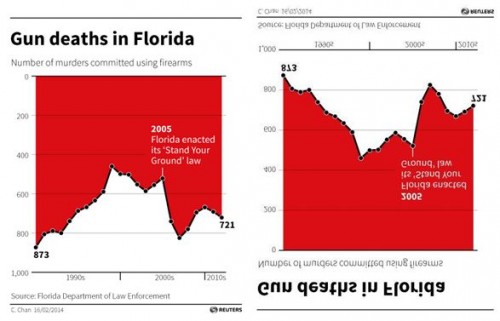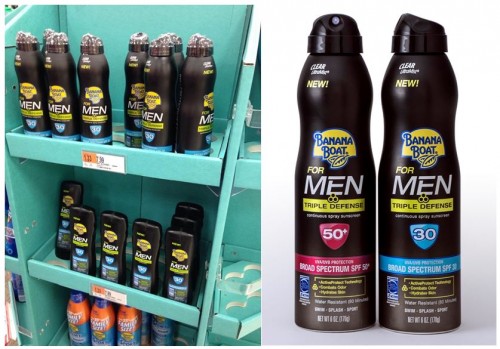 An article in The Onion mocks voluntourism, joking that a 6-day visit to a rural African village can “completely change a woman’s facebook profile picture.” The article quotes “22-year old Angela Fisher” who says:
An article in The Onion mocks voluntourism, joking that a 6-day visit to a rural African village can “completely change a woman’s facebook profile picture.” The article quotes “22-year old Angela Fisher” who says:
I don’t think my profile photo will ever be the same, not after the experience of taking such incredible pictures with my arms around those small African children’s shoulders.
It goes on to say that Fisher “has been encouraging every one of her friends to visit Africa, promising that it would change their Facebook profile photos as well.”
I was once Angela Fisher. But I’m not any more.
***
I have participated in not one but three separate, and increasingly disillusioning, international health brigades, short-term visits to developing countries that involve bringing health care to struggling populations.
Such trips – critically called voluntourism — are a booming business, even though they do very little advertising and charge people thousands of dollars to participate.
How do they attract so many paying volunteers?
Photography is a big part of the answer. Voluntourism organizations don’t have to advertise, because they can crowdsource. Photography – particularly the habit of taking and posting selfies with local children – is a central component of the voluntourism experience. Hashtags like #InstagrammingAfrica are popular with students on international health brigades, as are #medicalbrigades, #globalhealth, and of course the nostalgic-for-the-good-days hashtag #takemeback.
It was the photographs posted by other students that inspired me to go on my first overseas medical mission. When classmates uploaded the experience of themselves wearing scrubs beside adorable children in developing countries, I believed I was missing out on a pivotal pre-med experience. I took over 200 photos on my first international volunteer mission. I modeled those I had seen on Facebook and even premeditated photo opportunities to acquire the “perfect” image that would receive the most “likes.”
Over time, I felt increasingly uncomfortable with the ethics of those photographs, and ultimately left my camera at home. Now, as an insider, I see three common types of photographs voluntourists share through social media: The Suffering Other, The Self-Directed Samaritan, and The Overseas Selfie.
The Suffering Other
In a photograph taken by a fellow voluntourist in Ghana (not shown), a child stands isolated with her bare feet digging in the dirt. Her hands pull up her shirt to expose an umbilical hernia, distended belly, and a pair of too-big underwear. Her face is uncertain and her scalp shows evidence of dermatological pathology or a nutritional deficiency—maybe both. Behind her, only weeds grow.
Anthropologists Arthur and Joan Kleinman note that images of distant, suffering women and children suggest there are communities incapable of or uninterested in caring for its own people. These photographs justify colonialist, paternalistic attitudes and policies, suggesting that the individual in the photograph…
…must be protected, as well as represented, by others. The image of the subaltern conjures up an almost neocolonial ideology of failure, inadequacy, passivity, fatalism, and inevitability. Something must be done, and it must be done soon, but from outside the local setting. The authorization of action through an appeal for foreign aid, even foreign intervention, begins with an evocation of indigenous absence, an erasure of local voices and acts.
The Self-directed Samaritan
Here we have a smiling young white girl with a French braid, medical scrubs, and a well-intentioned smile. This young lady is the centerpiece of the photo; she is its protagonist. Her scrubs suggest that she is doing important work among those who are so poor, so vulnerable, and so Other.

The girl is me. And the photograph was taken on my first trip to Ghana during a 10 day medical brigade. I’m beaming in the photograph, half towering and half hovering over these children. I do not know their names, they do not know my name, but I directed a friend to capture this moment with my own camera. Why?
This photograph is less about doing actual work and more about retrospectively appearing to have had a positive impact overseas. Photographs like these represent the overseas experience in accordance with what writer Teju Cole calls the “White Savior Industrial Complex.”
Moreover, in directing, capturing, and performing in photos such as these, voluntourists prevent themselves from actually engaging with the others in the photo. In On Photography, Susan Sontag reminds us:
Photography has become almost as widely practiced an amusement as sex and dancing – which means that…it is mainly a social rite, a defense against anxiety, and a tool of power.
On these trips, we hide behind the lens, consuming the world around us with our powerful gazes and the clicking of camera shutters. When I directed this photo opportunity and starred in it, I used my privilege to capture a photograph that made me feel as though I was engaging with the community. Only now do I realize that what I was actually doing was making myself the hero/star in a story about “suffering Africa.”
The Overseas Selfie
[Photo removed in response to a request from Global Brigades.]
In his New York Times Op-Ed, that modern champion of the selfie James Franco wrote:
Selfies are avatars: Mini-Me’s that we send out to give others a sense of who we are … In our age of social networking, the selfie is the new way to look someone right in the eye and say, “Hello, this is me.”
Although related to the Self-Directed Samaritan shot, there’s something extra-insidious about this type of super-close range photo. “Hello, this is me” takes on new meaning – there is only one subject in this photo, the white subject. Capturing this image and posting it on the internet is to understand the Other not as a separate person who exists in the context of their own family or community but rather, as a prop, an extra, someone only intelligible in relation to the Western volunteer.
***
Voluntourism is ultimately about the fulfillment of the volunteers themselves, not necessarily what they bring to the communities they visit. In fact, medical volunteerism often breaks down existing local health systems. In Ghana, I realized that that local people weren’t purchasing health insurance, since they knew there would be free foreign health care and medications available every few months. This left them vulnerable in the intervening times, not to mention when the organization would leave the community.
In the end, the Africa we voluntourists photograph isn’t a real place at all. It is an imaginary geography whose landscapes are forged by colonialism, as well as a good deal of narcissism. I hope my fellow students think critically about what they are doing and why before they sign up for a short-term global volunteer experience. And if they do go, it is my hope that they might think with some degree of narrative humility about how to de-center themselves from the Western savior narrative. Most importantly, I hope they leave their iphones at home.
Cross-posted at Pacific Standard and at Mondiaal Nieuws in Dutch.
Lauren Kascak is a graduate of the Masters Program in Narrative Medicine at Columbia University, where Sayantani DasGupta is a faculty member. DasGupta is the editor of Stories of Illness and Healing and the author of The Demon Slayers and Other Stories and Her Own Medicine.
 Holding a college degree, it is widely assumed, improves the likelihood that a person will be successful in the labor market. This maxim draws individuals into college across the class spectrum and aspiring students who are low-income or non-white may find themselves enrolled at a for-profit college.
Holding a college degree, it is widely assumed, improves the likelihood that a person will be successful in the labor market. This maxim draws individuals into college across the class spectrum and aspiring students who are low-income or non-white may find themselves enrolled at a for-profit college.









